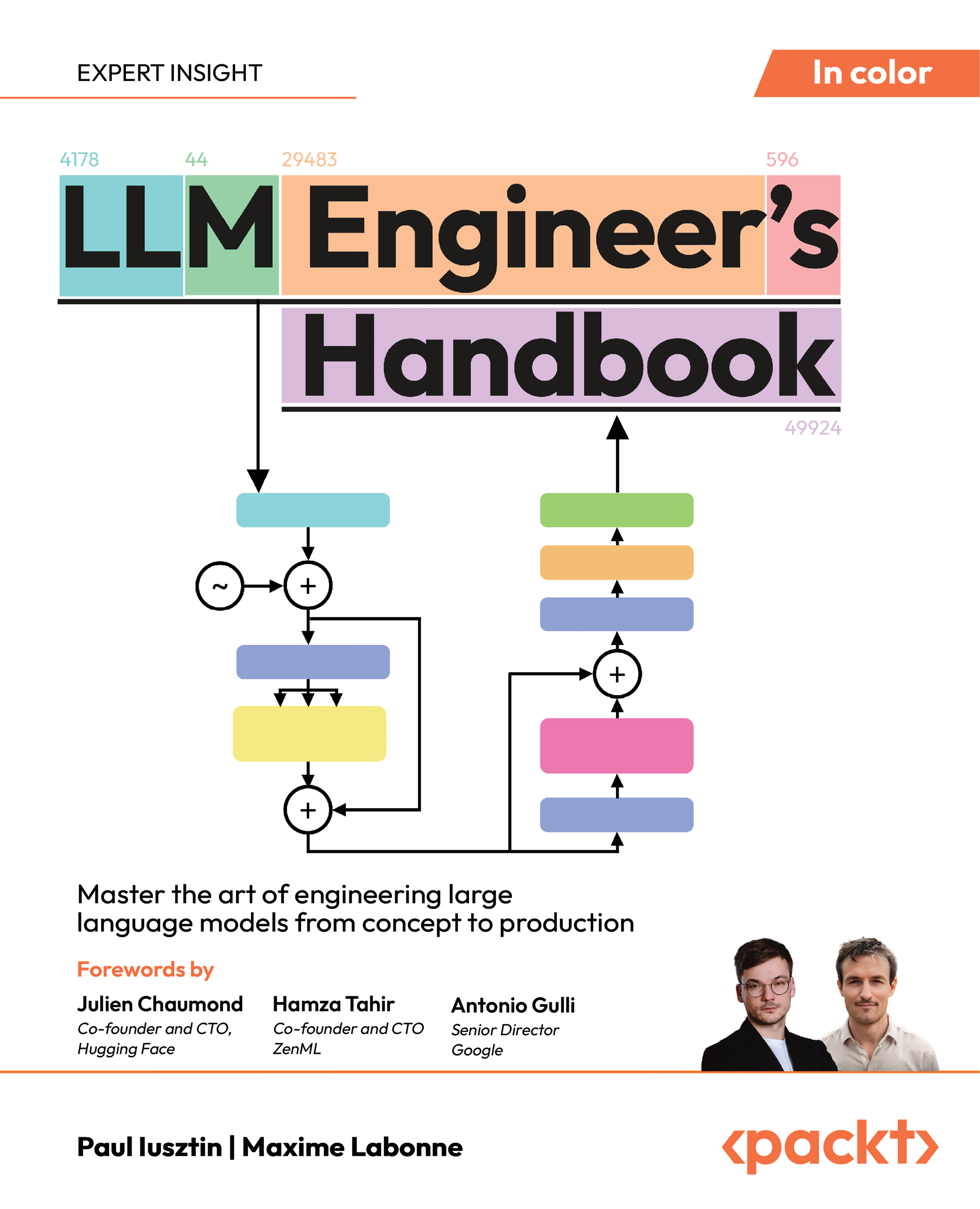Deploying the LLM Twin’s pipelines to the cloud
This section will show you how to deploy all the LLM Twin’s pipelines to the cloud. We must deploy the entire infrastructure to have the whole system working in the cloud. Thus, we will have to:
- Set up an instance of MongoDB serverless.
- Set up an instance of Qdrant serverless.
- Deploy the ZenML pipelines, container, and artifact registry to AWS.
- Containerize the code and push the Docker image to a container registry.
Note that the training and inference pipelines already work with AWS SageMaker. Thus, by following the preceding four steps, we ensure that our whole system is on the cloud, ready to scale and serve our imaginary clients.
What are the deployment costs?
We will stick to the free versions of the MongoDB, Qdrant, and ZenML services. As for AWS, we will mostly stick to their free tier for running the ZenML pipelines. The SageMaker training and inference components...
































































